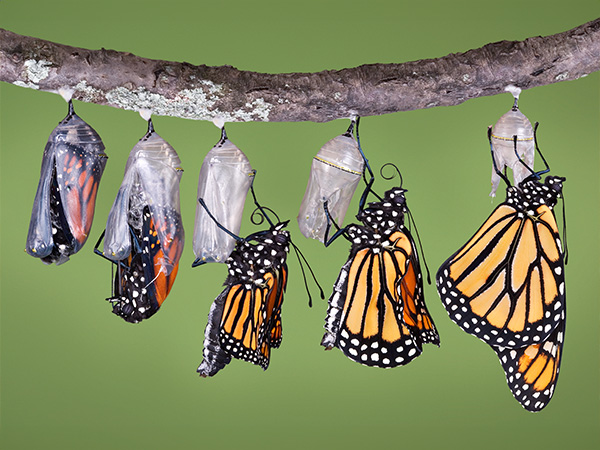
Grade:
Topic:
Unit:


In this lesson mini, students learn about the stages of a butterfly’s life: egg, caterpillar, pupa, and adult. They explore how butterflies grow and change at each stage, developing relevant vocabulary to describe the stages and the traits of caterpillars and adult butterflies. Students participate in creative and kinesthetic activities to reinforce these concepts.

Minutes
Minutes
Minutes

Check out Britannica Studio, your teacher-first AI workspace that turns Britannica’s verified, standards-aligned content into engaging, differentiated, and student-ready materials in minutes.
Level-up current events into dynamic learning!